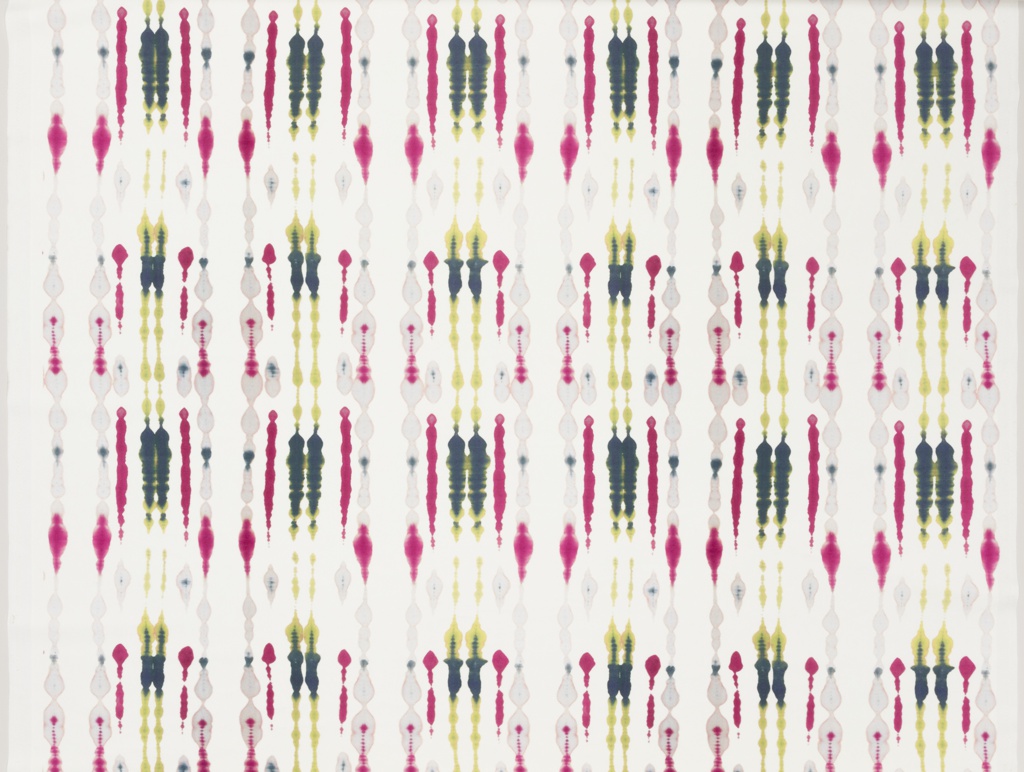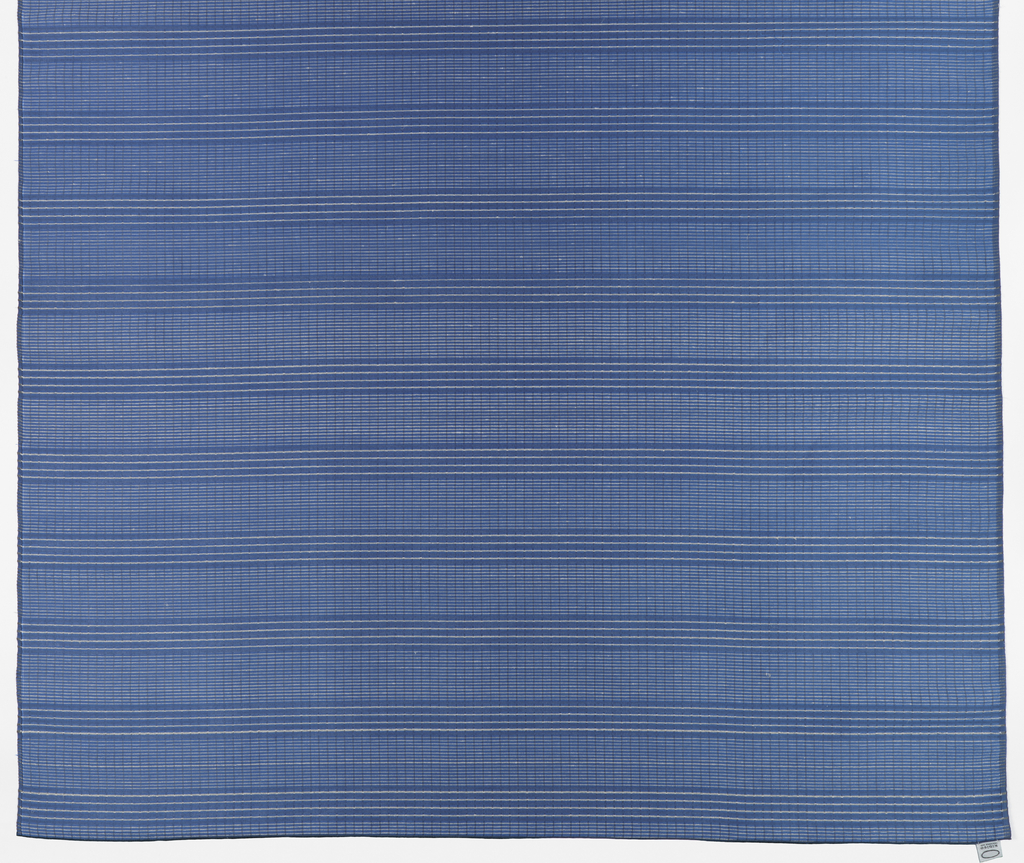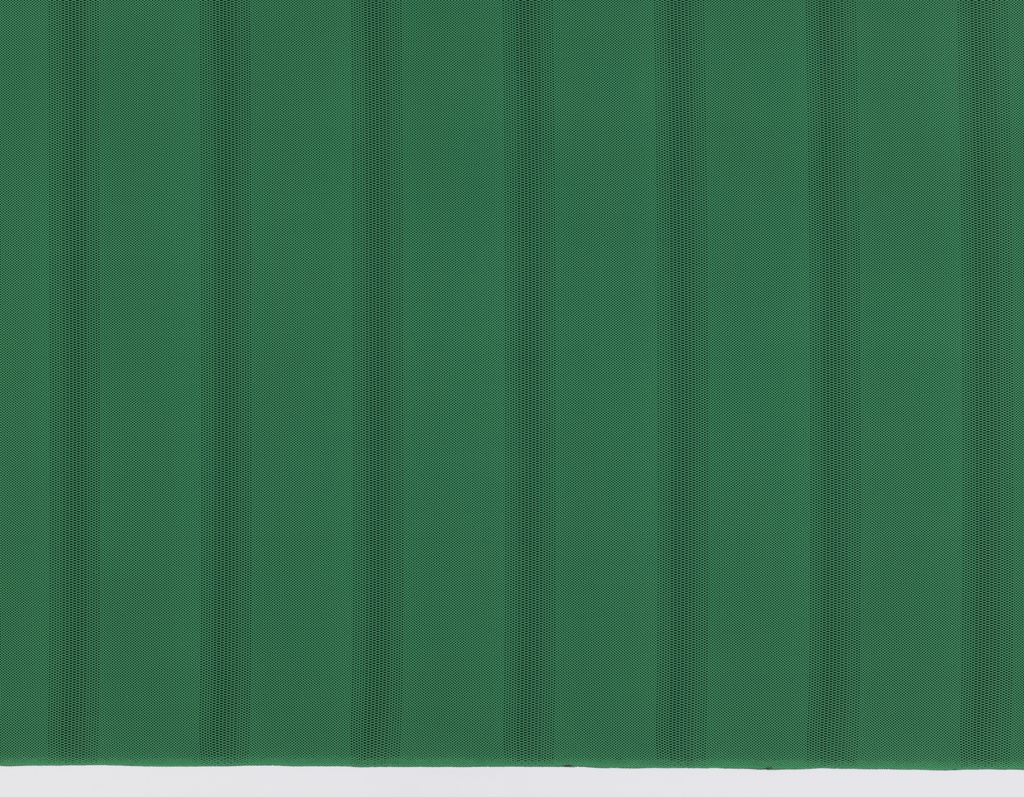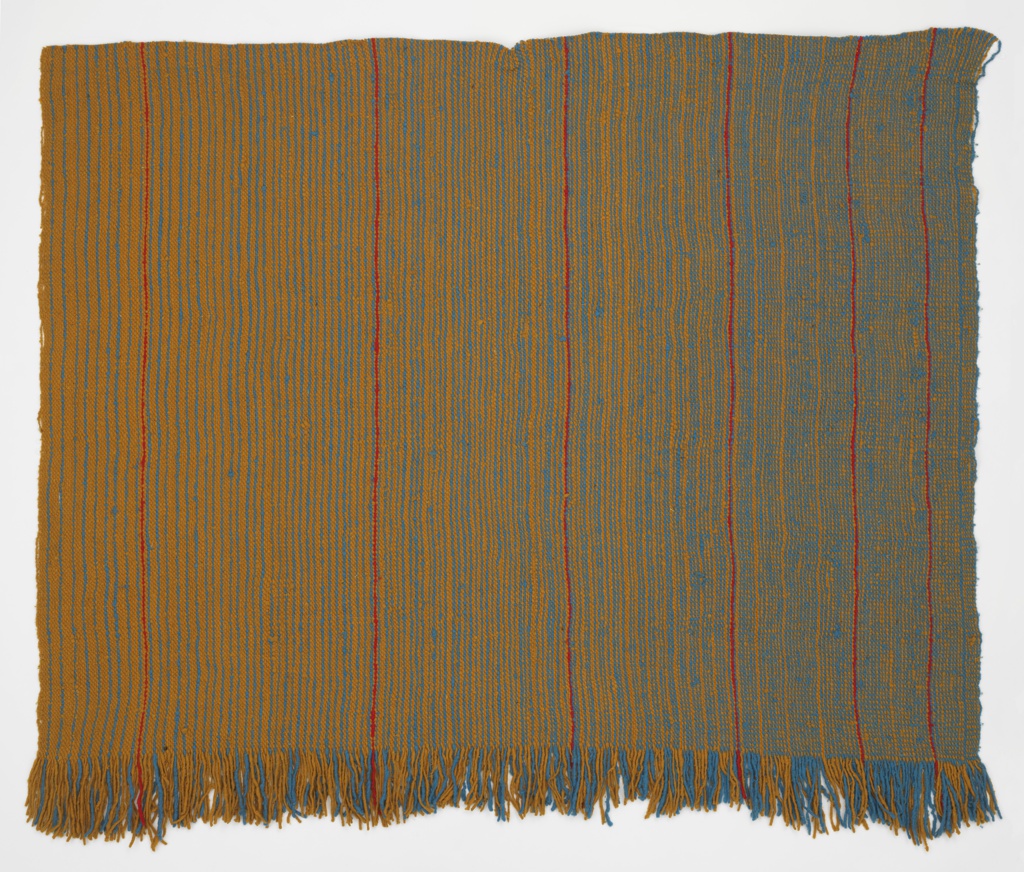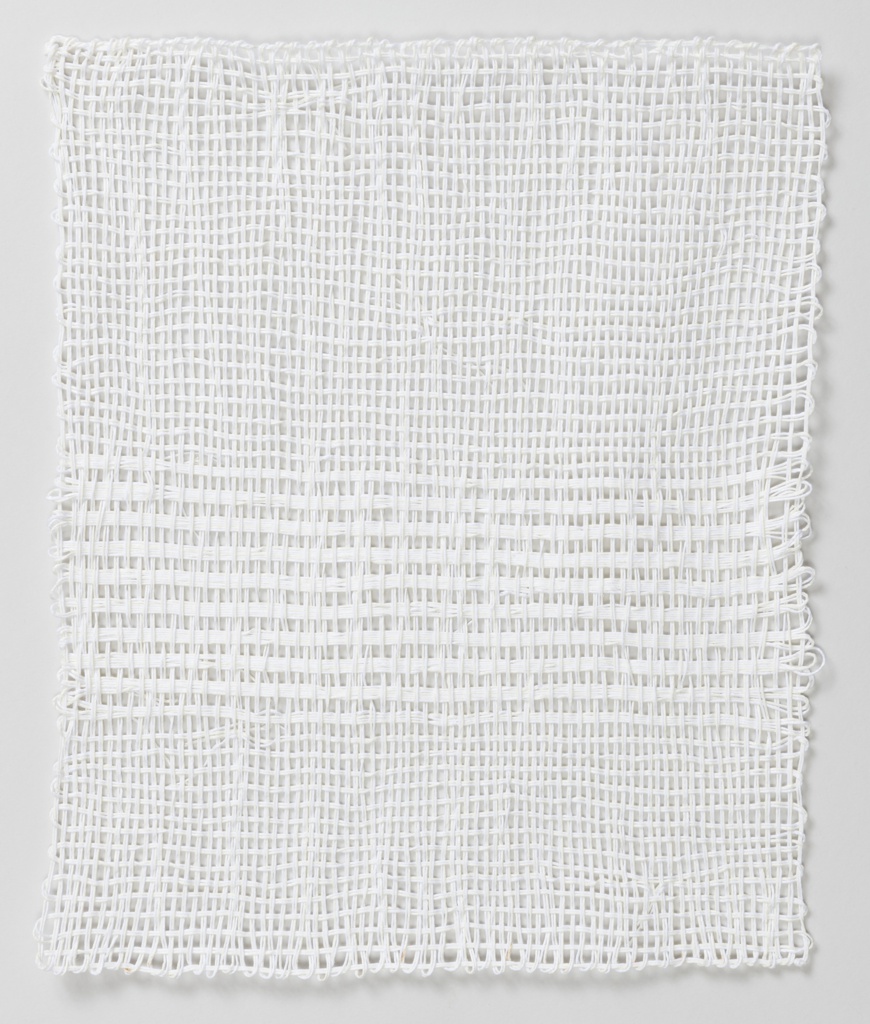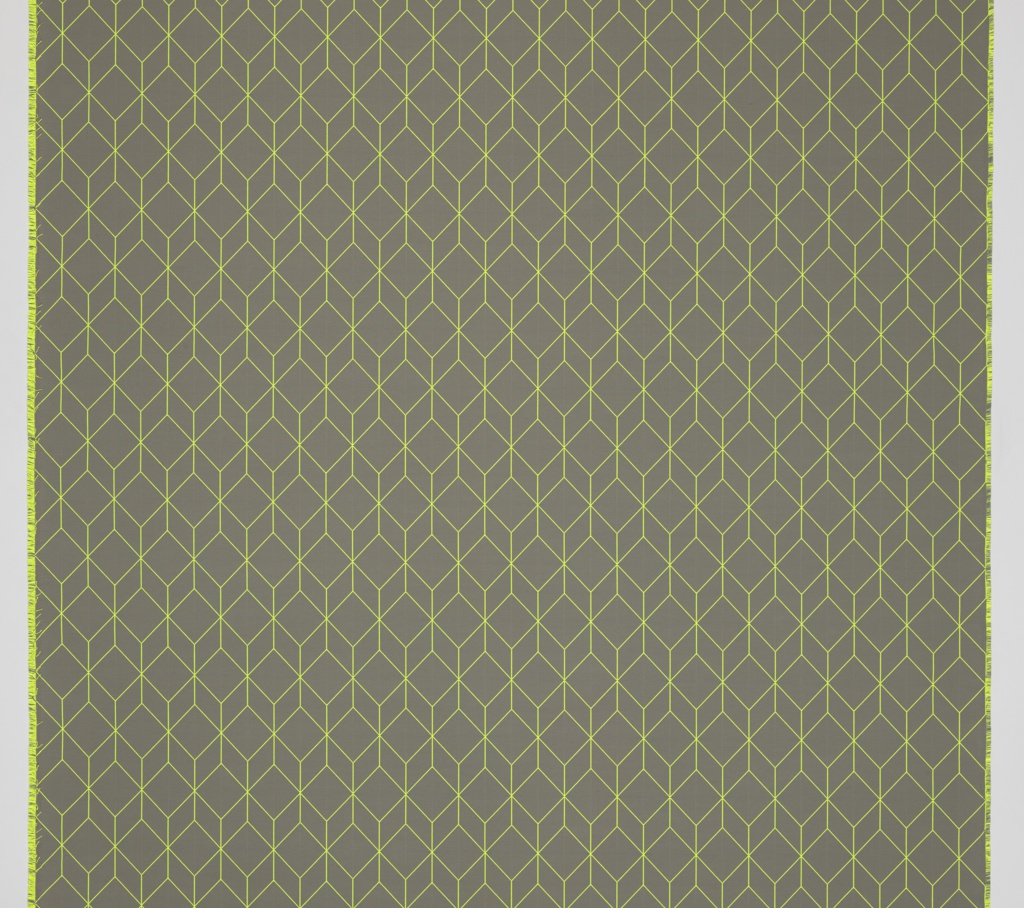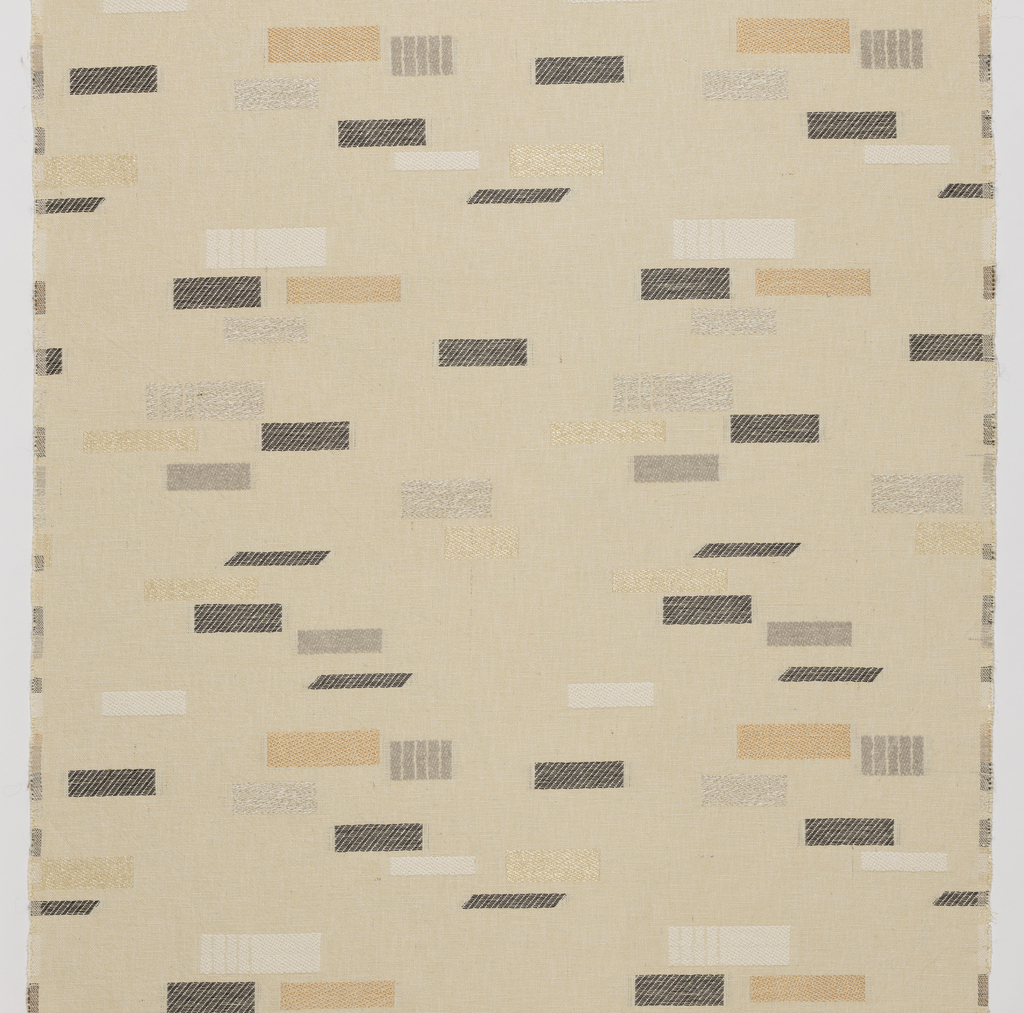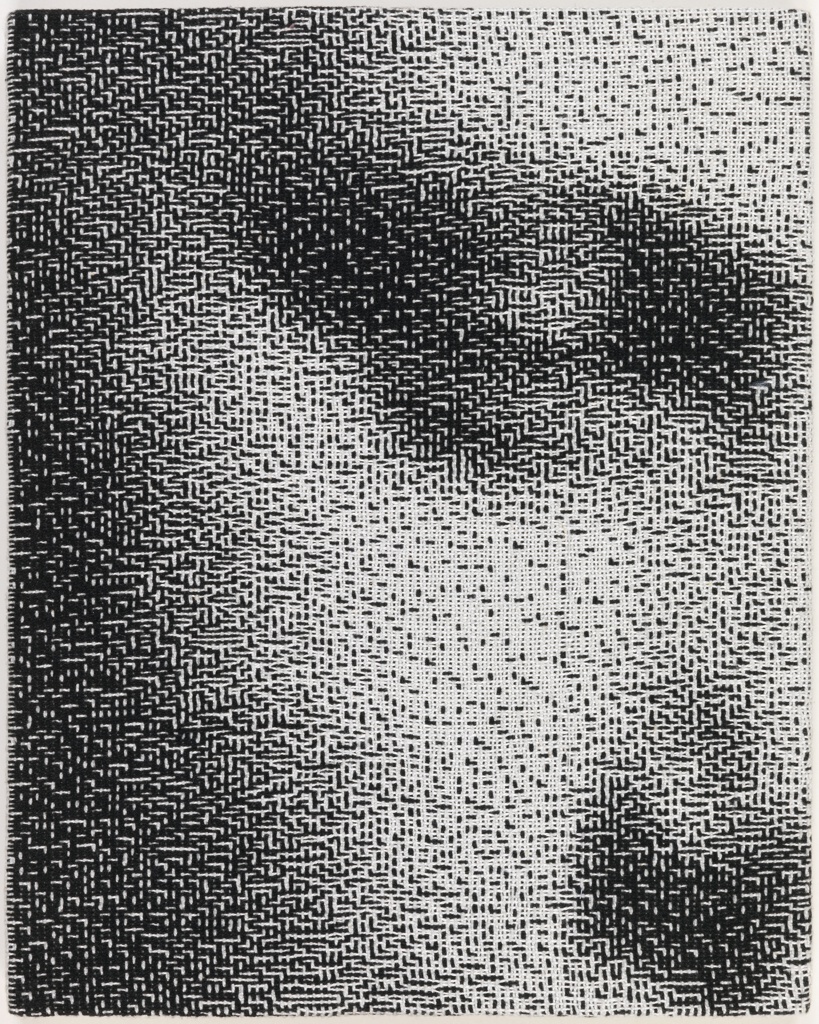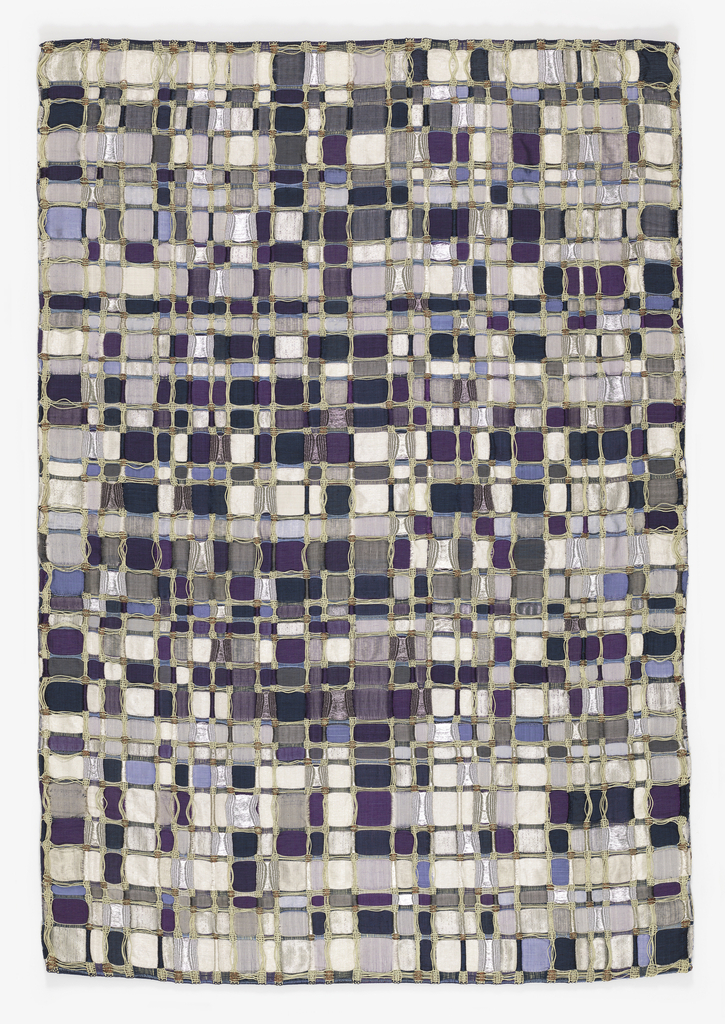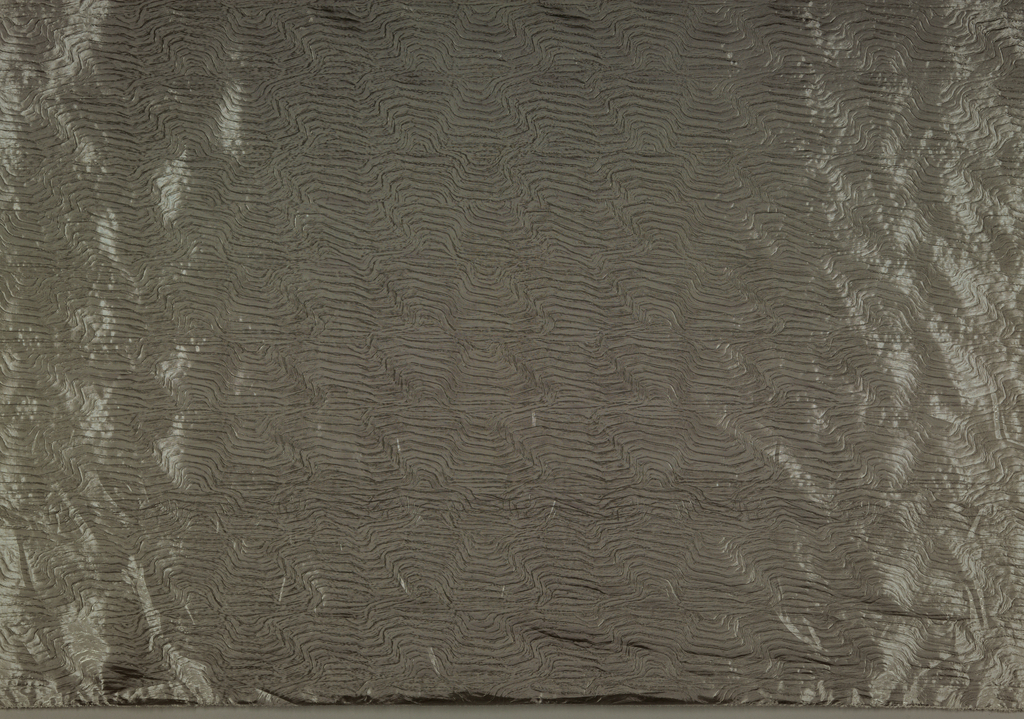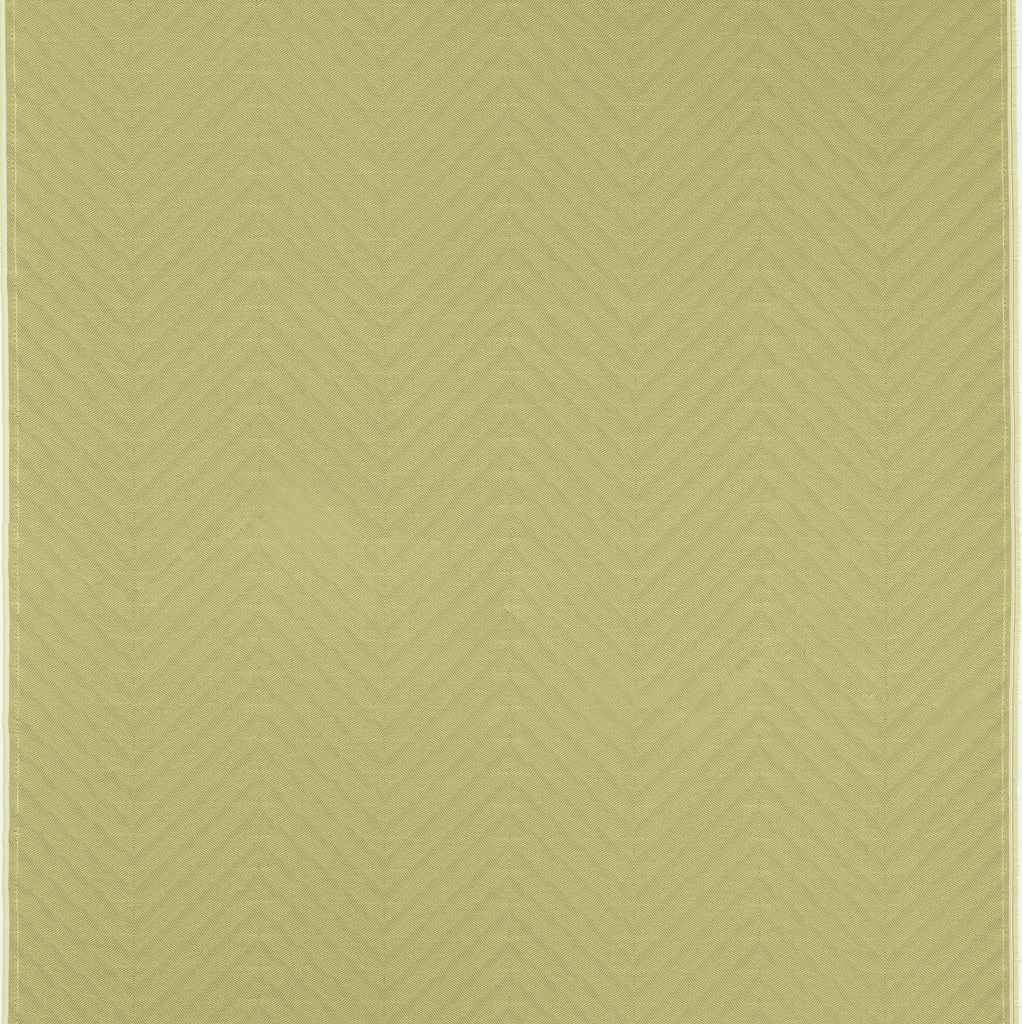One of the greatest challenges in designing commercial textiles has been creating durable, cleanable, affordable, and aesthetically pleasing fabrics for highly trafficked and 24/7 environments like healthcare facilities, theaters and airports. In addition, there is more demand for textiles with sustainable manufacturing practices, and companies like Designtex are taking on this responsibility and producing some...
Suzushi Stripe is part of a series Nuno made from kibiso and raw silk. (The kibiso is the white coarse stripe in the textile.) The combination of these two materials reveals a very rich texture, structure, and surface design. Kibiso, an industrial waste product, is the protective outer layer of the silk cocoon that is “wiped off”...
Lift is part of an ongoing series of innovative textiles designed by German designer, Konstantin Grcic in collaboration with Maharam. A sporty, patterned knit, Lift continues Grcic’s exploration of nontraditional textile manufacturing techniques. When Grcic designed his first four nonwoven textiles for Maharam in 2015 he toured production facilities throughout Europe to gain a deeper...
In celebration of the milestone 20th anniversary of the National Design Awards, this week’s Object of The Day posts honor National Design Award winners. In 1959 Louis Kahn was commissioned to design a new building for the First Unitarian Church of Rochester, New York. The congregation had met for many years in a building of...
Sheila Hicks is one of the most important living artists today, who has chosen fiber as her primary medium. The museum is fortunate enough to have over sixty works spanning more than fifty years of her career, including textiles for commercial production as well as the intimate woven miniatures or Minimes she creates on her...
Along with Bright Grid and Bright Angle, Bright Cube is the second series of products designed by Dutch designers, Stefan Scholten (b. 1972) and Carole Baijings (b. 1973) of Scholten & Baijings in collaboration with Maharam. Their first, Blocks and Grid, is in Cooper Hewitt’s collection. Scholten & Baijings’s work is characterized by minimal forms...
Maharam’s collaborations with artists and designers over the years have produced some extraordinary textiles and wallcoverings, and according to Mary Murphy, senior vice president of design at Maharam, one of their favorite partnerships has been with Scholten & Baijings. Their love of process, sophisticated color sense, and familiarity with the making of textiles creates a...
Manufactured by Dedar, the furnishing fabric Present Perfect has the visual qualities of a hand-embroidered textile, with its asymmetrical and punctuated patterning, but it is a jacquard-woven fabric that plays with texture and light. The abstract composition of geometric shapes realized with yarns of different thicknesses, colors, and material is distinctive against the jute and...
In celebration of Women’s History Month, March Object of the Day posts highlight women designers in the collection. Sheila Hicks is one of the most important living artists today, who has chosen fiber as her primary medium. The museum is fortunate enough to have over sixty works spanning more than fifty years of her career,...
In celebration of Women’s History Month, March Object of the Day posts highlight women designers in the collection. Lia Cook’s creative process combines photographic media and computer-aided technologies with a mastery of hand and powered Jacquard looms. Her black-and-white work is based on scanned photographs, which are manipulated on a computer. Digital technology enables her...
In celebration of Women’s History Month, March Object of the Day posts highlight women designers in the collection. Origami Pleat was designed in 1997 by Reiko Sudo, one of Japan’s most important contemporary textile designers and co-founder of Nuno Corporation. The textile is a contemporary interpretation of centuries-old hand pleating. It is made by creating...
Venezuelan textile artists, Mariá Dávila and Eduardo Portillo describe their work as “driven by our relationship with our surroundings and how it can be communicated within a contemporary textile language.” Their hometown is Mérida, deep in the Andes Mountains, and like archaeologists they have been exploring this countryside for years, finding traces of human life...
Embossed Stainless Steel was designed by Reiko Sudo, one of Japan’s most important contemporary textile designers. Educated at Musashino Art University, she and Junichi Arai (Japanese, 1932–2017) were the co-founders in 1984 of the Japanese company and store, NUNO, which produces textiles of extraordinary ingenuity and beauty. Sudo and the other designers at NUNO combine...
One of the greatest challenges in designing commercial textiles has been creating durable, cleanable, affordable, and aesthetically pleasing fabrics for highly trafficked and 24/7 environments like healthcare facilities, theaters and airports. In addition, there is more demand for textiles with sustainable manufacturing practices, and companies like Designtex are taking on this responsibility and producing some...
Jamdani is a Persian term for the extremely fine hand woven figured muslins made in Bengal. Thicker cotton threads laid individually into the weft produce the illusion of a suspended pattern on the surface of an almost transparent cloth. Intricate color motives seem to float on the cloth. Jamdani is generally thought to have derived...
